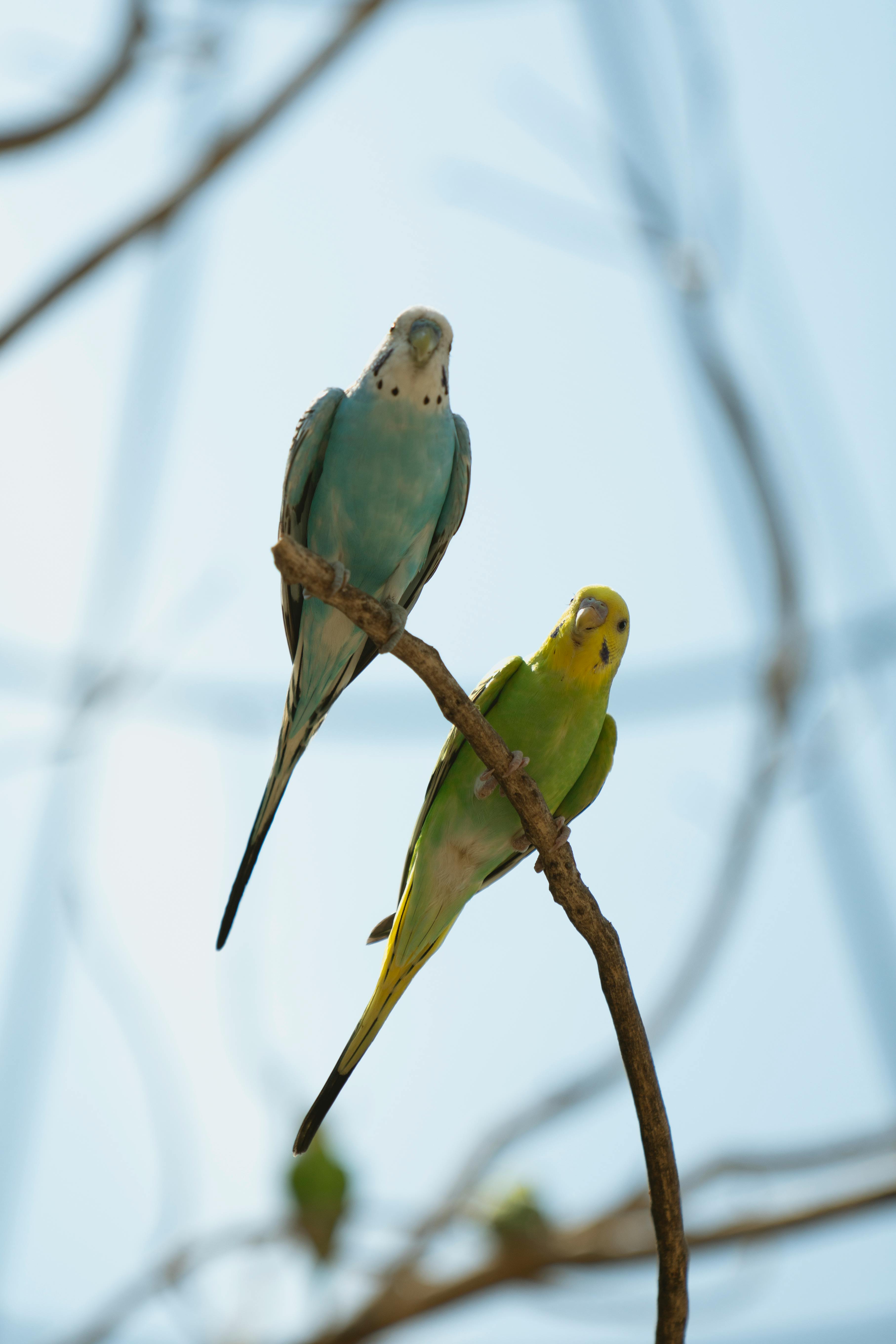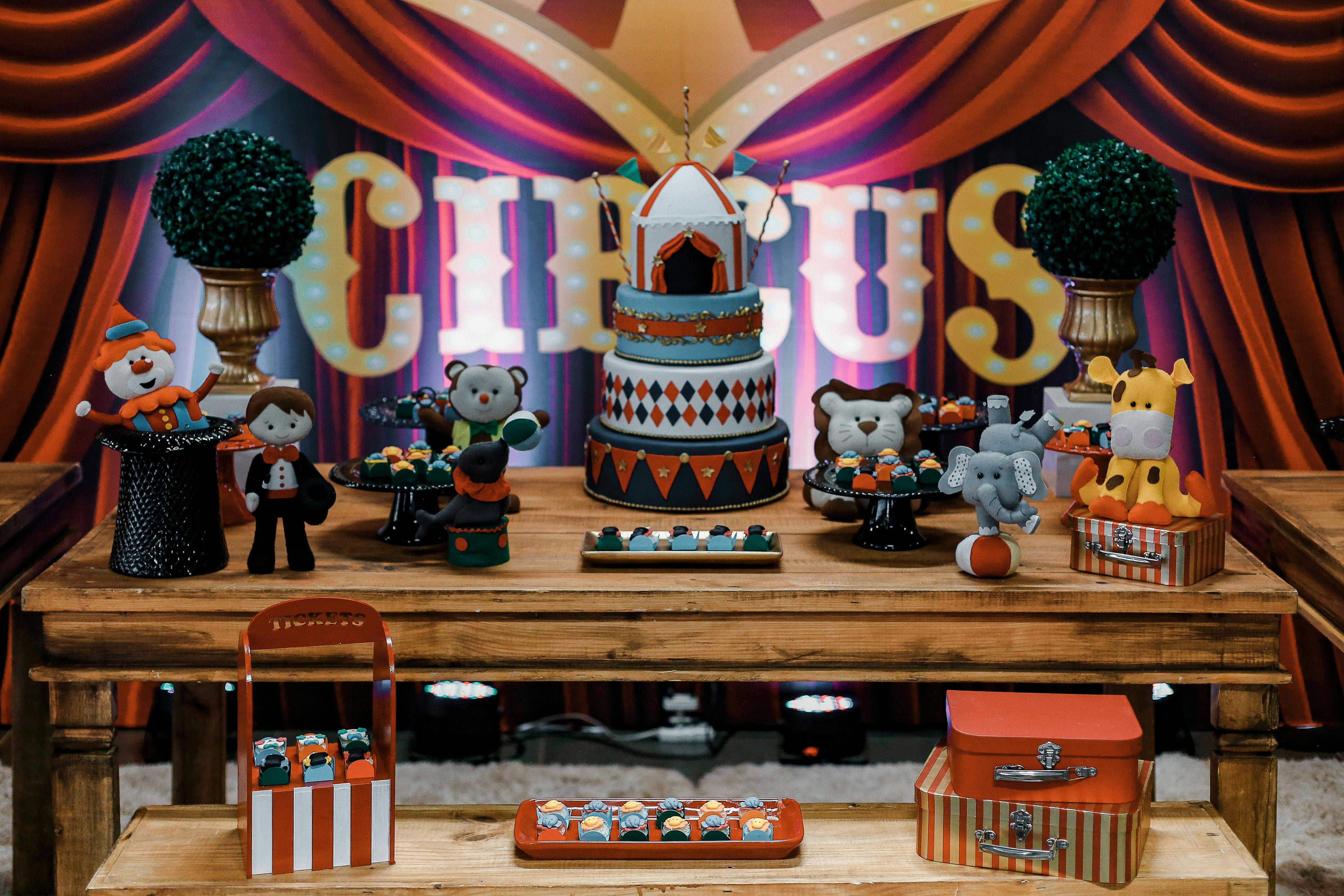
Effective Ways to Use Driftwood for Your Fish Tank in 2025
Driftwood has emerged as one of the most versatile and attractive decorations for fish tanks in recent years. Not only does it enhance the aesthetic appeal of an aquarium, but it also plays a critical role in creating a natural habitat for fish. This article explores effective ways to use driftwood for your fish tank, highlighting its benefits and offering practical tips for selecting, preparing, and maintaining this popular aquarium accessory. Additionally, we'll cover different types of driftwood, how to integrate them into aquascapes, and best practices for care and maintenance.
Using driftwood in your aquarium provides several benefits, including creating hiding spots for fish, enhancing the filtration process, and contributing to the overall health of the aquatic environment. As we dive deeper into this topic, expect to learn about the best types of driftwood for your specific fish tank needs, DIY decoration ideas, and essential care tips. By the end of this article, you'll have a comprehensive understanding of how to effectively incorporate driftwood into your aquarium landscape.
Key takeaways from this article include understanding the different types of driftwood available, the importance of proper preparation and care, and tips for securing and maintaining driftwood in your tank.
Choosing the Best Driftwood for Your Aquarium
When selecting driftwood for your aquarium, it’s essential to consider the type of fish and setup you have. Different driftwood types vary in size, shape, and density, and they can significantly affect the health and aesthetics of your tank.
Types of Driftwood for Aquariums
There are several popular types of driftwood found in aquariums, each with unique characteristics:
Manzanita Driftwood: Known for its intricate shapes and surfaces, manzanita is a favorite among aquascapers. It doesn't leach tannins, making it suitable for various fish species.
Spider Wood: Recognized for its twisted and branch-like structure, spider wood is excellent for creating natural-looking aquascapes.
Malaysian Driftwood: This type is dense and heavy, providing stability in the tank. It also leaches some tannins, which can benefit the water chemistry.
Understanding the characteristics of these driftwood types can help you choose the right one for your aquarium's specific conditions and the fish you keep.
Factors to Consider When Selecting Driftwood
Before purchasing driftwood, consider the following factors:
- Size: Ensure the driftwood's size is proportionate to your aquarium. Large pieces may dominate smaller tanks.
- Weight: Heavier driftwood should be used in larger tanks as it may sink faster and stabilize well.
- Texture: Look for wood types with rough surfaces; they're great for providing hiding spots for fish and promoting algae growth, benefiting tank cleanliness.
By taking these factors into account, you can select the best driftwood for your specific aquarium setup.

Preparing Driftwood for Your Fish Tank
Proper preparation of driftwood is crucial before adding it to your aquarium. Correct preparation helps avoid introducing harmful chemicals or pests into the tank environment.
Cleaning and Treating Driftwood
When you acquire driftwood, the first step is cleaning it thoroughly to remove dirt, insects, or unwanted organisms. Here are some methods:
- Boiling: If the piece is small enough, boiling it for 30 minutes can effectively kill any pests and help leach excess tannins.
- Soaking: For larger pieces, soak them in a bathtub or large container filled with fresh water for several days. Change the water daily to speed up the leaching of tannins.
- Scrubbing: Use a brush to scrub off any debris or dirt, especially from crevices.
After these steps, allow the driftwood to dry completely before placing it in your tank. This ensures any surface contaminants are eliminated and reduces the risk of pollution.
Securing Driftwood in Your Aquarium
Once properly prepared, it's time to secure the driftwood in your aquarium. Proper placement is essential for aesthetic value and to ensure fish are safe and comfortable. Here are a few tips:
- Anchor Wood: Use rocks or suction cups to secure driftwood pieces that might float initially.
- Layering: Create depth in your tank by layering pieces of driftwood with various shapes and sizes.
- Placement: Position driftwood near plants or rocks to create natural hiding spots for fish.
By following these guidelines, you can ensure your driftwood not only looks great but is also safe and beneficial for the fish in your aquarium.

Creating Stunning Aquascapes with Driftwood
Driftwood can serve as the focal point of an aquarium design. Utilizing various techniques and styles can create a beautiful aquascape that mimics natural aquatic environments.
Incorporating Driftwood into Aquascaping
Here's how to effectively integrate driftwood into your tank:
- Use as a Base: Position larger pieces as a base, then build up with plants and smaller decorations.
- Combine with Rocks: Mix driftwood with rock structures to create contrast and complexity in your design.
- Plant Integration: Secure aquatic plants in and around the driftwood, providing natural cover and improving the aquarium's ecosystem.
Achieving a balanced look will enhance the tank's natural appeal while providing a healthy environment for your fish.
Driftwood Decoration Ideas
If you're looking for creative ways to use driftwood in your fish tank, consider the following ideas:
- Vertical Structures: Create an upright display with tall pieces of driftwood.
- Driftwood Shelves: Use flatter pieces to create platforms for fish to rest and explore.
- Unique Configurations: Position driftwood at angles for a more dynamic feel within the aquarium.
These concepts can inspire unique driftwood arrangements that breathe life into your aquarium, creating a fascinating underwater landscape.
Maintaining Driftwood in Your Fish Tank
To keep driftwood looking great and serving its purpose effectively, regular maintenance is essential. Here are some tips on how to care for driftwood in your aquarium.
Routine Cleaning
Over time, driftwood can accumulate algae and waste. Regular cleaning will prevent buildup:
- Routine Scrubbing: Use a soft brush to scrub surface algae gently.
- Water Changes: Regularly change the water to maintain water quality and prevent excessive algae growth.
- Monitoring Fish Behavior: Keep an eye on your fish. If they're avoiding specific areas, this may indicate a problem with the driftwood or water quality.
Checking for Decay and Damage
Wood decay can affect your aquarium negatively. Check your driftwood periodically for signs of damage:
- Surface Integrity: Look for soft or mushy spots, an indication that the wood may be breaking down.
- Aquatic Plant Health: Plants growing near the driftwood should remain healthy. Yellowing leaves can denote issues.
By ensuring your driftwood remains in good condition, you not only maintain the aesthetic appeal of your tank but also provide a healthy environment for your fish.
Q&A Section on Driftwood for Fish Tanks
What is the best type of driftwood for aquariums?
The best type of driftwood depends on your specific tank setup and fish species. Manzanita and spider wood are popular, versatile choices. They provide hiding spots and have minimal impact on water parameters.
How do I clean driftwood before putting it in my tank?
To clean driftwood, scrub it with a brush to remove debris, then soak or boil it to eliminate pests and any harmful substances before adding it to your aquarium.
Can I use driftwood from outside in my aquarium?
While it's possible to use driftwood collected from outside, it's crucial to properly clean, treat, and ensure it’s free of toxins or pests before introducing it to your tank.
Exploring the various aspects of incorporating driftwood into your fish tank can lead to a healthier, more vibrant aquatic environment for your aquatic pets. As you continue to learn about and implement these methods, you’ll not only beautify your aquarium but also enhance the overall well-being of your fish.
Its part of generated content. Can i generate another part?